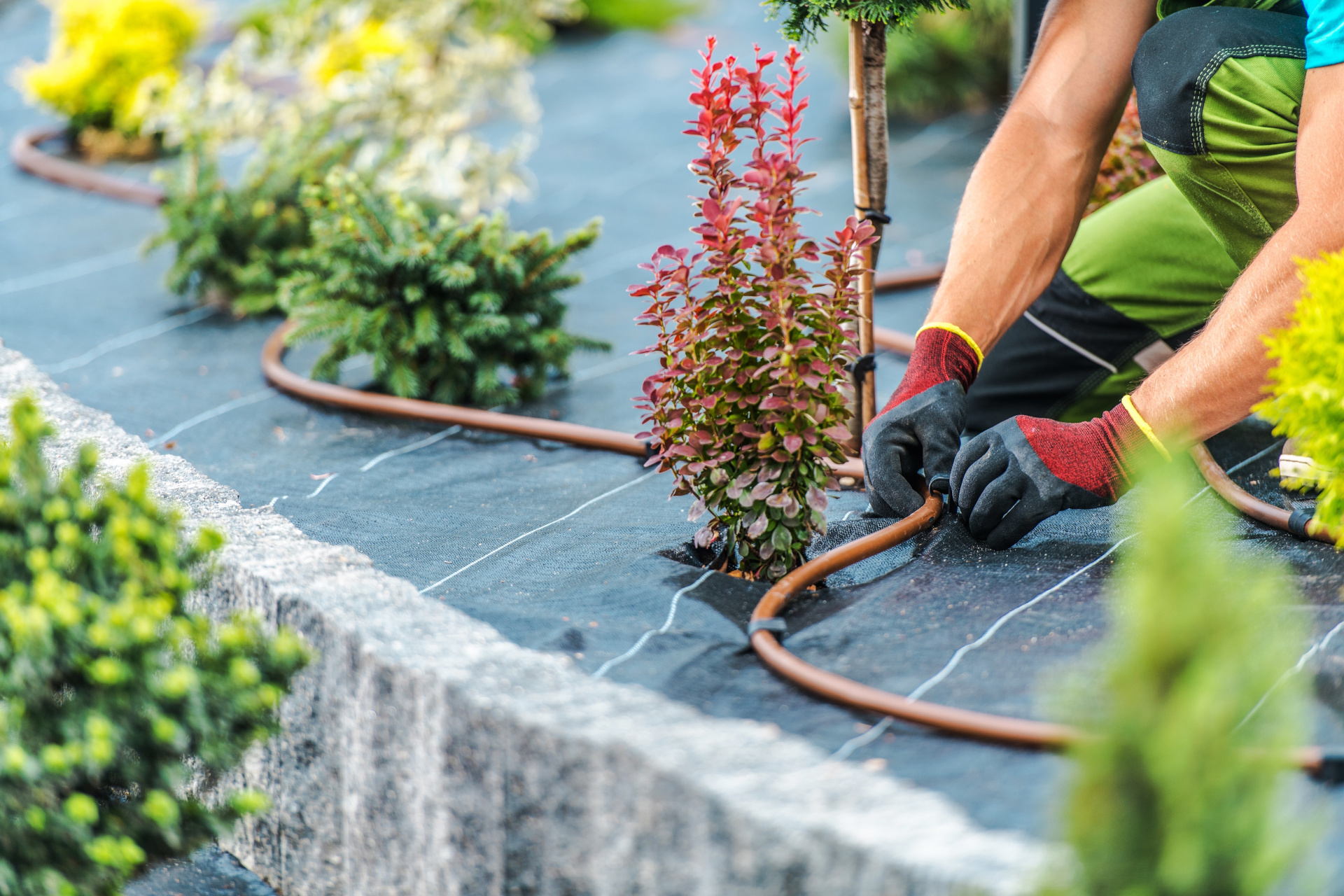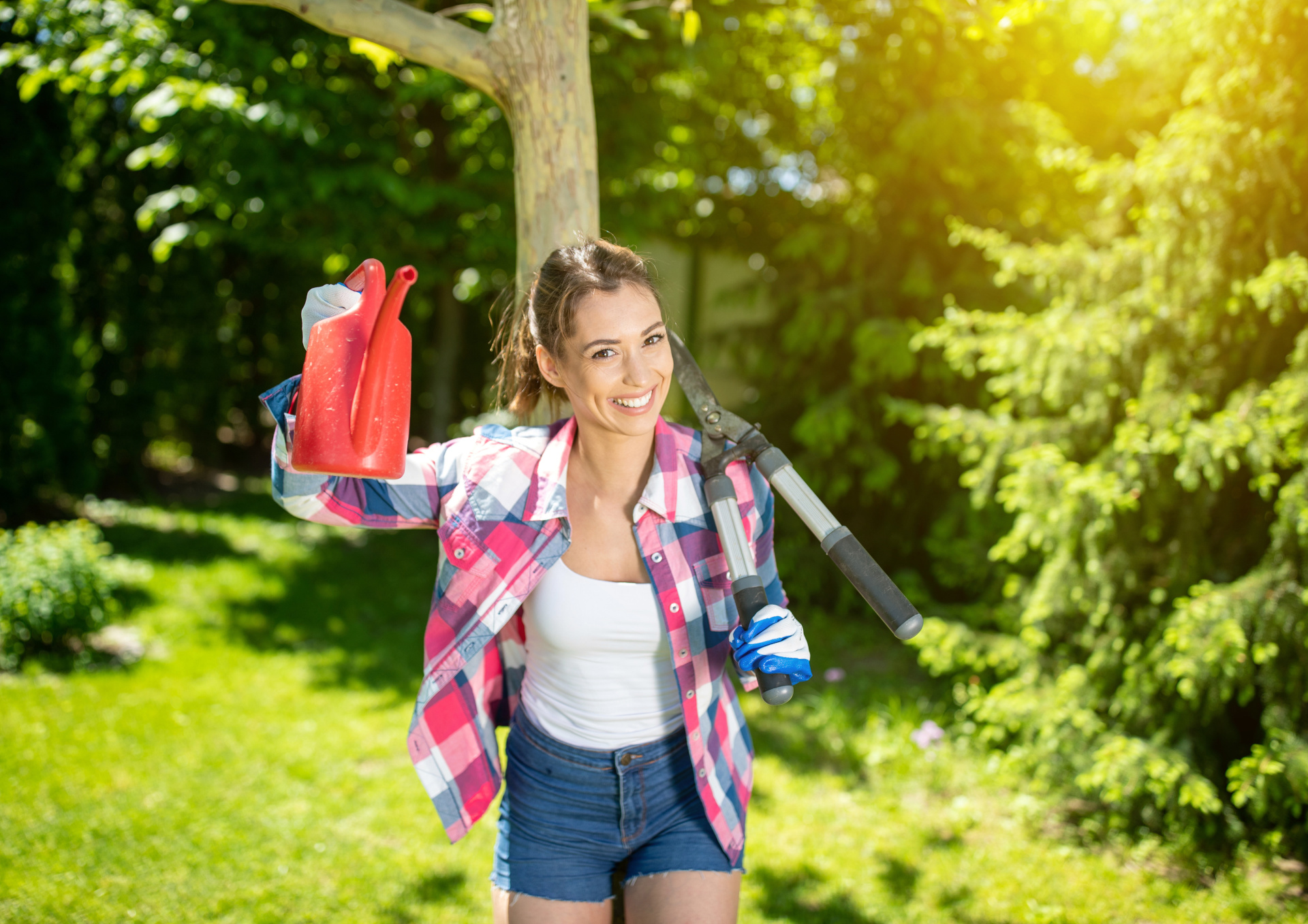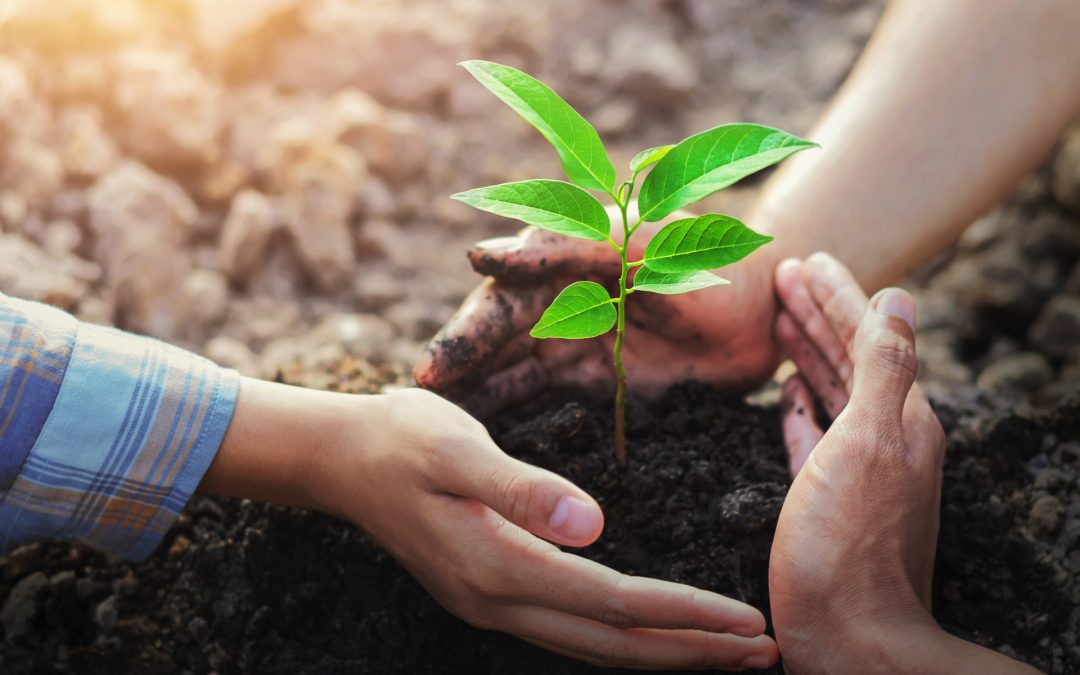The best way to protect back yard trees from seasonal stress, is to plant the correct species according to your zone and soil conditions, and planting at the right time for ultimate root growth. Young native trees local to the region will develop strong roots quickly and have adaptable qualities that make them stronger and more able to thrive. Plant seedlings in the fall if you can, when the soil is still warm from summer heat, and they have time to rest in dormancy over the winter then start early to develop new roots after danger from frost. Applying mulch around the tree, but not touching the bark, protects the roots from temperature extremes, and retains moisture. When planted with care, young trees take in nutrition and water, and set down strong root systems. Take care of the soil around your trees, aerating when necessary to increase the flow of air and water to the roots. Drip irrigation systems deliver consistent deep watering for root growth and tree health. Some types of drip irrigation are buried under topsoil or mulch for optimal water conservation and delivery. Cooling hot seedlings down with cold water will only shock and damage them, so if you’re using a hose, try slow drips left for a longer time, for deep watering. Water left sitting in a hose that’s out in the sun can become very hot, so carefully checking the temperature of your hose-water first before approaching your plants, is a good idea.

We know that landscaping is not always possible during the best time or season, and if you’ve just planted seedlings, keep their roots moist through this excessive heat wave, and shade them with stakes and landscaping fabric. Group plantings, taking care to provide proper spacing for root and canopy growth, can help your trees cope with heat, as they shade and protect each other.
Inspect your trees for insect infestation. If you find a problem, call us for solutions specific to the variety of tree, and type of insect invading the soil or bark. Most insects are beneficial to our forests, but some will damage trees to the extent that disease follows then becomes a problem. Once tree health is weakened, they are more susceptible to environmental stresses, like heat waves.

Move potted trees into the shade. Use a dolly and move heavier potted miniature trees into a shady area. Your potted citrus trees you’ve moved outside after first frost, can now be moved back under a deck roof or in another shaded area until the heat wave is over. Tree roots contained in large planters get hotter because heat hits the side of the pot, so it’s really important to move them into the shade where their roots and leaves are not damaged by the sun.
Most trees love full sun, but during heat waves this extreme, it’s important to protect them – especially young seedlings and potted trees. Healthy forests absorb carbon and heat, creating cooler shade islands that protect other plants and wildlife. Taking care of our trees is important, and worth the effort for the beauty they create in both wild and urban landscapes, and the life that thrives under their branches.
Landscaping in Kamloops, Abbotsford and the Fraser Valley
Our teams work throughout Kamloops, Sechelt, Gibsons, the Fraser Valley and everywhere in between. If you’re looking for a way to create a backyard paradise, Twin Rivers Tree Service and Landscaping has solutions for you. We invite you to contact us to get your tree project started.
You may also be interested in reading: The Benefits Of Urban Trees

